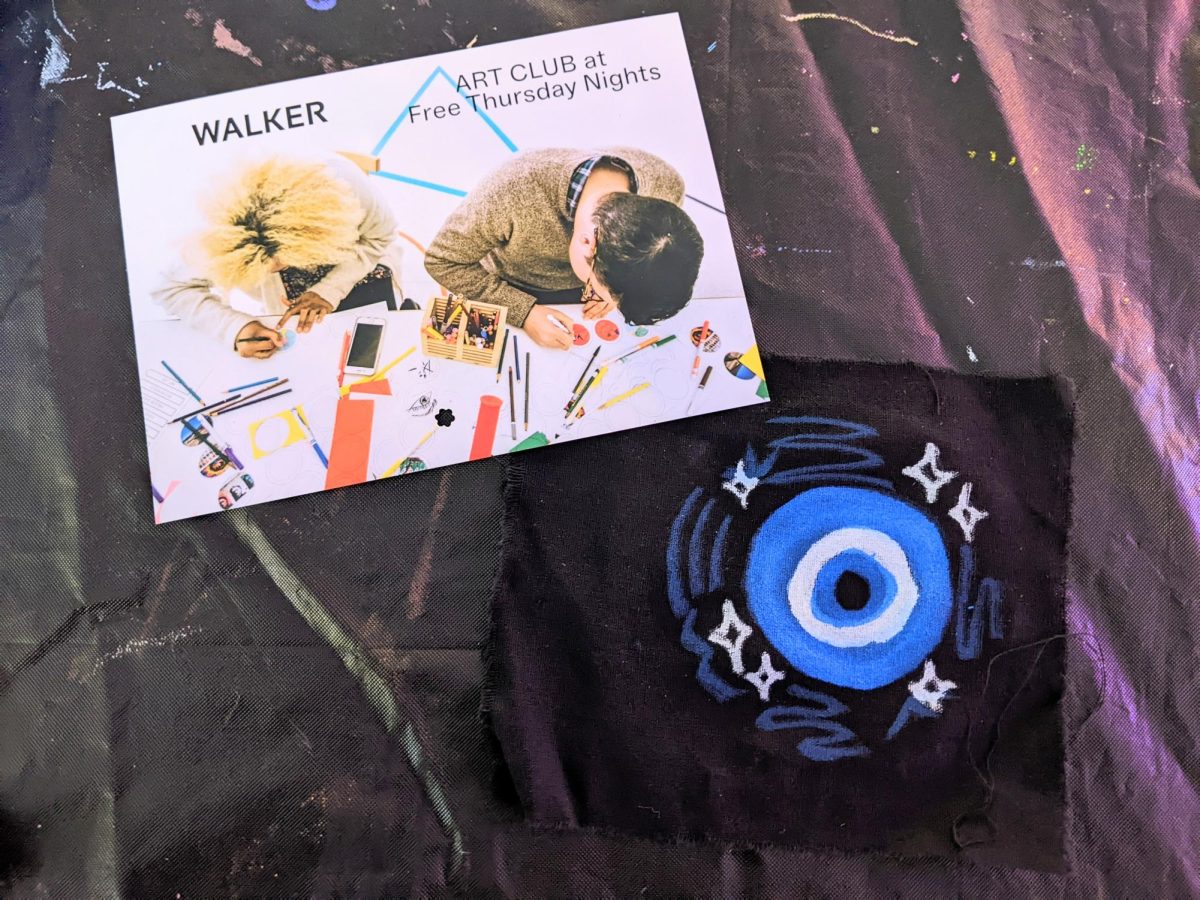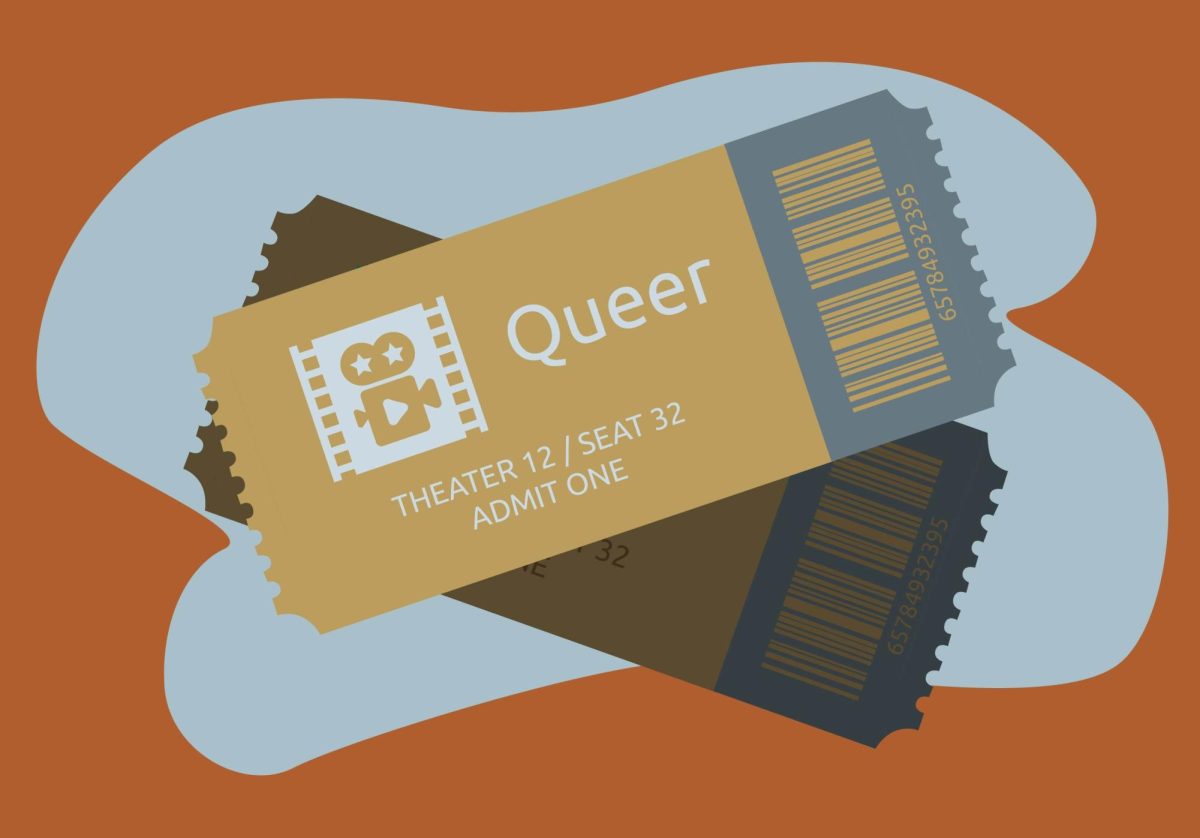“Samsara,” the new film from Ron Fricke, comes 20 years after the release of “Baraka.” In that film, he captured fascinating and bizarre images from around the world in hopes of revealing how spirituality manifests itself. What came out was an intense, wordless and beautiful pseudo-documentary.
Anything that can be said about “Baraka” can also be said about “Samsara.” Both titles are ancient words with loose translations — “baraka” means “blessing” in several languages and “samsara” is translated from Sanskrit as “the ever-turning wheel of life.” Both transition between serene views of wildlife untouched by humans and frenzied sequences of cities filled with them. “Samsara” is clearly a companion piece to the 1992 film.
Fricke captures and uses images from the real world, but does not use them to tell a linear story or inform in the traditional documentarian sense. Instead, the stunning aerial panoramas, time-lapse photography and unbroken looks into the eyes of people from many different backgrounds are pieced together like visual poetry, with barely tangible thematic links. At times, it is like watching Terrence Malick try his hand at documentary film making.
While Fricke is retreating to the same themes, his impulse to make an update of his original film is understandable. Making a second movie about life, spirituality and the beauty within them would only be a fruitless pursuit if the world had not changed in the last 20 years. It has, and Fricke has new territory to mine.
Filmed over five years in 25 countries, “Samsara” is not interested in showing or even thinking about how just one person in the world lives his life. Fricke takes pleasure in traveling overseas without telling the viewer. Occasionally the landscape is immediately recognizable to an American viewer. A nighttime, overhead view of the freeways of Los Angeles feels like a gift in its familiarity, but even that is gorgeously blurred, car lights and skyline almost combining to resemble some sort of rare cosmic display.
Each experience portrayed in “Samsara” receives a breathtaking cinematographic treatment. Those looking for a specific meaning and a coherent argument or narrative within Fricke’s images are likely to be disappointed.
There are moments that are transparent in their thematic motives: Chickens are cruelly ushered through an assembly line by unforgiving machinery; a young American girl stares down the camera while clinging to a pink rifle. These scenes offer a clear meaning and emotional response. It is comforting to know that you are seeing and feeling what the filmmaker intended you to see and feel. But these scenes are also the least likely to stick after you have left the theater. The thorough tours of ancient tombs or the shot of a businessman covering his face in paint and clay are more memorable.
“Samsara” derives power from baffling and mysterious imagery, so its most comprehensible and least frustrating moments are also its weakest. Luckily, there are few of those.
3/4 stars







